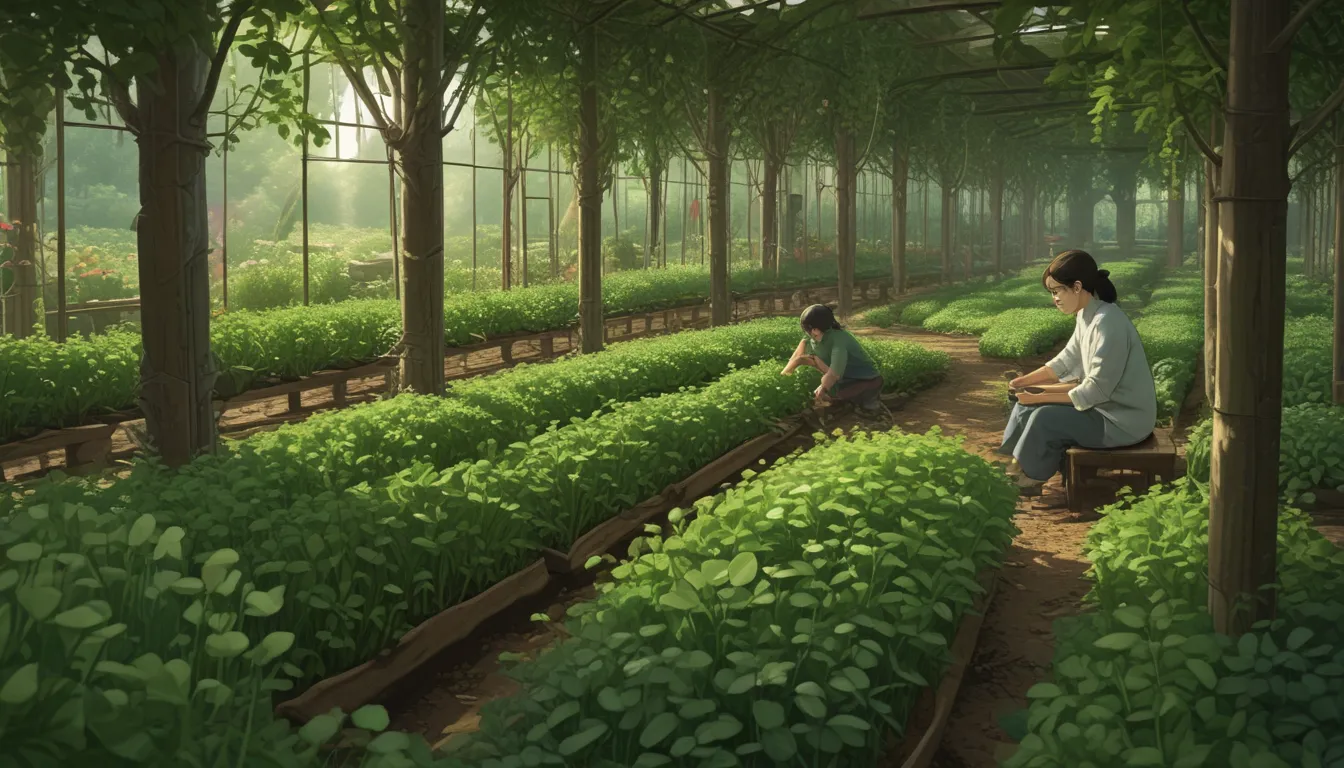The Ultimate Guide to Planting and Growing Snap Peas

Pisum sativum var. macrocarpon
Have you ever heard the saying, “Haste makes waste”? Well, when it comes to sugar snap peas, this old adage is turned upside down. These garden vegetables, scientifically known as Pisum sativum var. macrocarpon, grow quickly, usually yielding tasty pods within 50 to 70 days of planting, depending on the variety.
But these legumes don’t waste resources in their speedy growth process. They enrich the soil by fixing nitrogen, act as green manure, and offer edible microgreens, shoots, and blooms throughout the season. From soil to plate, these peas give back at every stage.
In addition to their sustainability, sugar snap peas are straightforward to care for. They thrive in average, well-draining soil, without needing thinning, pruning, or excessive fertilizing. Plus, they offer a delightful taste when grown in cool weather using specific strategies.
Let’s dive into the world of growing snap peas! Here’s what you’ll discover in this guide:
What You’ll Learn
- What Are Sugar Snap Peas?
- Propagation
- How to Grow
- Growing Tips
- Cultivars to Select
- Harvest and Storage
- Preserving
- Recipes and Cooking Ideas
- Quick Reference Growing Guide
What Are Sugar Snap Peas?
Sugar snap peas, part of the legume family, are known for their exceptional sweetness and crunchiness. They are a relatively new favorite compared to traditional garden vegetables, with their introduction dating back to 1979 by breeder Calvin Lamborn.
Unlike classic peas, sugar snap peas offer juicy, round edible pods best consumed fresh. These delightful vegetables thrive in cool spring or early fall weather, making them perfect for gardeners seeking a sweet and crispy addition to their harvest.
Snap Pea Propagation
For gardeners facing short growing seasons, starting snap pea seeds indoors in biodegradable containers can provide a head start. Simply replant the seedlings outdoors after hardening off. If outdoor sowing is an option, plants should be inoculated for nitrogen fixation if necessary, using suitable pea-specific inoculants.
Sowing seeds outdoors is typically done three weeks before the last frost date. Proper spacing, adequate watering, and soil preparation are crucial for successful propagation. Vining and bush varieties require different care techniques, ensuring optimal growth and production.
How to Grow Sugar Snap Peas
Before planting snap peas, selecting an appropriate sunny garden site with well-draining soil is essential. Mulching with organic materials helps retain moisture and suppresses weed growth. Planting seeds at the right depth, spacing them adequately, and providing support for vining varieties are crucial steps towards a healthy harvest.
Maintaining consistent watering and observing potential pests and diseases are part of routine care for snap pea plants. By following recommended practices and providing necessary care, gardeners can enjoy a bountiful yield of these delightful pods.
Growing Tips
- Grow in full sun
- Space seeds appropriately
- Provide support for vining varieties
- Mulch to retain moisture and suppress weeds
- Regularly observe and manage pests and diseases
Snap Pea Cultivars to Select
When choosing snap pea cultivars, consider factors such as mature height, days to maturity, and disease resistance. Popular varieties like ‘Sugar Ann,’ ‘Sugar Daddy,’ ‘Sugar Snap,’ and ‘Sugar Sprint’ offer distinct characteristics suitable for different garden settings and preferences. Selecting the right cultivar ensures a successful and rewarding growing experience.
Each variety carries unique traits, from compact growth suitable for containers to tall vining plants requiring trellising. By choosing cultivars that match your garden conditions and preferences, you can enjoy a diverse range of snap pea options.
Harvest and Storage
Snap peas offer various edible stages, from sprouts to full-grown pods. Harvesting at different stages allows for diverse culinary uses, including microgreens, shoots, and blooms. Proper storage and handling techniques help maintain freshness and flavor, ensuring a delightful dining experience.
Whether consumed fresh or preserved through blanching or fermentation, snap peas offer a versatile and delicious ingredient for various dishes. By exploring different harvesting methods and storage options, gardeners can enjoy the full potential of these flavorful pods.
Preserving
Preserving snap peas through blanching and freezing offers a convenient way to enjoy them year-round. Proper blanching techniques ensure optimal texture and flavor when thawed for various recipes. Additionally, lacto-fermentation provides a unique method of preserving snap peas, enhancing their flavor and nutritional value.
Experimenting with different preservation methods allows gardeners to savor snap peas beyond the growing season. By selecting suitable preservation techniques based on personal preferences and culinary needs, snap pea enthusiasts can enjoy their harvest for an extended period.
Recipes and Cooking Ideas
Snap peas can be enjoyed fresh or cooked in various ways, including steaming, roasting, and adding to salads and stir-fries. Lightly cooking snap peas preserves their crispiness and enhances their flavor, creating a delightful culinary experience.
From quick side dishes to flavorful additions in main courses, snap peas offer versatility in the kitchen. Exploring different cooking methods and recipes allows for creative culinary expressions, showcasing the unique taste and texture of these delightful pods.
Quick Reference Growing Guide
- Plant Type: Annual legume
- Hardiness (USDA Zone): 3-10
- Exposure: Full sun
- Soil Type: Average, well-draining
- Time to Maturity: 50-75 days
- Spacing: 4-5 inches (plants), 1-2 feet (rows)
- Water Needs: Moderate
- Common Pests and Diseases: Aphids, powdery mildew, root rot
A Snap-Pea Start for the Spring Vegetable Patch
Planting and growing snap peas offer a rewarding experience for gardeners seeking a quick-yielding and delicious vegetable. Whether enjoyed fresh from the garden or incorporated into various recipes, snap peas provide a flavorful addition to the dining table.
If you’re a fan of snap peas or looking to start growing them, share your experiences and tips in the comments section. By exchanging insights and knowledge, we can enhance our gardening practices and enjoy the benefits of growing these delightful pods.
For additional pea varieties and growing tips, explore related guides on Oregon Sugar Pod Peas, general pea planting, and indoor pea cultivation methods. Let’s continue to cultivate our gardening skills and harvest the fruits of our labor with joy and satisfaction.





